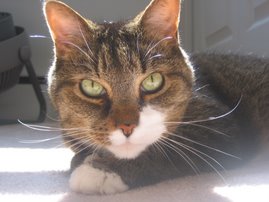
By Susanna Sonnenberg
Sometimes when I’m in a wealthy neighborhood surrounded by beautiful homes or walking down one of those nice Manhattan streets lined with expensive brownstones, I can’t help but imagine what it would be like to be to live like that, to be that rich.
Susanna Sonnenberg grew up in a family with money and her childhood was far from perfect. Although she and her family dined in the best restaurants and often vacationed in places like Barbados, the Cape, Morocco, Greece, and Italy, her life was a complete mess. Her father was cold and distant, and suffered from MS. Daphne, her mother, while beautiful and charming, was also a drug addict, sex addict and worst of all, a compulsive liar. Although she experiments with drugs, they don’t have the same allure for Susannah as they had for Daphne. She does discover the power of sex and seduction at a young age, and in this way, inevitably turns into her mother, the person she despises most.
Eventually though, Susannah realizes that this is not the life she wants for herself and seeks redemption with a new life, and a "normal" relationship with a kind man in a small Montana town, as far away from her mother as she can get. When she gets a call that her mother is in very serious condition after a horrible car accident, Susannah’s initial reaction is not grief or shock, but one of complete disbelief. This is not the first time her mother has used a fake tragedy to manipulate her. What kind of daughter refuses to go to her mother's bedside in her time of need? Susannah struggles with this decision, ultimately choosing to remain in Montana with her family and let her sister deal with Daphne. It's not a choice that she's proud of, but most readers will understand.
I found this memoir shocking and disturbing. Filled with tales of drug use and sex, at times it felt inconceivable that to me that people actually live this way. However, Susannah’s journey from her mother’s daughter into a person she can be proud of is both compelling and hopeful.






